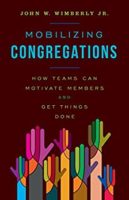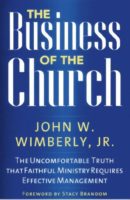Building on my last post on teams, I want to talk a bit about the size of teams. As I researched my upcoming book on teams, I was surprised at the unanimity of opinion on this topic. Five to seven members is what research reveals to be the most effective number of people on a team.
My go-to-scholar on teams, Harvard professor J. Richard Hackman, did empirical studies that reveal the optimal size of a team to be on the low end of that spectrum at 4.6 members. If those numbers feel small to you, they feel small to me. But it is hard to argue with the research. It is even harder to argue with the success of 5-7 member teams in the tech, corporate, military, and non-profit worlds.
In the 1970s, Frederick Brooks did ground breaking work on the size of teams, studying software teams in high tech companies. He was particularly intrigued with what happened when additional people were added to a team that was behind schedule on its project. To me, the results feel counter-intuitive. Rather than getting the project done more quickly, the larger team still came in late, sometimes even later than would have happened if the team had remained at its original, smaller size.
Building on Brooks’ work, Ivan Steiner conducted convincing experiments that show the impact of enlarging teams. Up to the size of seven members, adding to the team can increase efficiency. But every member added after the seventh person functions at a less efficient level than her/his predecessor. So, for example, the 13th person added to a team adds less to the effort than did the 12th; the 14th less than the 13th. Employing this scholarship in congregations, it is clear that we are better off with a lot of small teams than a few larger teams and/or committees. The work will get done more efficiently and is more likely to be finished in a timely manner.
But why do small teams work better? Another Steiner concept helps us answer that question. Steiner created a simple team productivity formula:
Actual productivity = (equals) potential productivity – (minus) losses due to faulty group processes.
To arrive at the actual productivity of a team, Steiner took the potential productivity of a team and deducted losses that are the result of unhealthy group processes. In my experience, this makes all kinds of sense. A larger team not only has more people, it has more people who may not work well together. The interpersonal dynamics become increasingly complicated in big teams. As a result, less time is devoted to the task and more time to interpersonal relations (read: conflict).
If we use teams in our congregations to get work done faithfully and efficiently, they should be small. If we use them to involve more people, we should increase the number of teams, not increase the size. Being disciplined about keeping teams small will reap rewards for a team strategy in any congregation.
There are lots of reasons congregations do not have success with a team strategy. As I listen to folks, I find that most of the failure is rooted in not using teams correctly. When we give teams a clear direction, right-size the team, make sure the team has good internal leadership and refuse to micro-manage them, teams are a powerful and empowering way to mobilize our members for ministry.
John Wimberly is an experienced pastor and consultant. As a consultant, he has worked with congregations and judicatories on strategic planning, staff designs for the 21st century, and congregational growth as well as financial and administrative management. He has MBA, MDiv, and PhD (theology) degrees. His books focus on effective management and leadership. John believes congregations can have a bright future!



